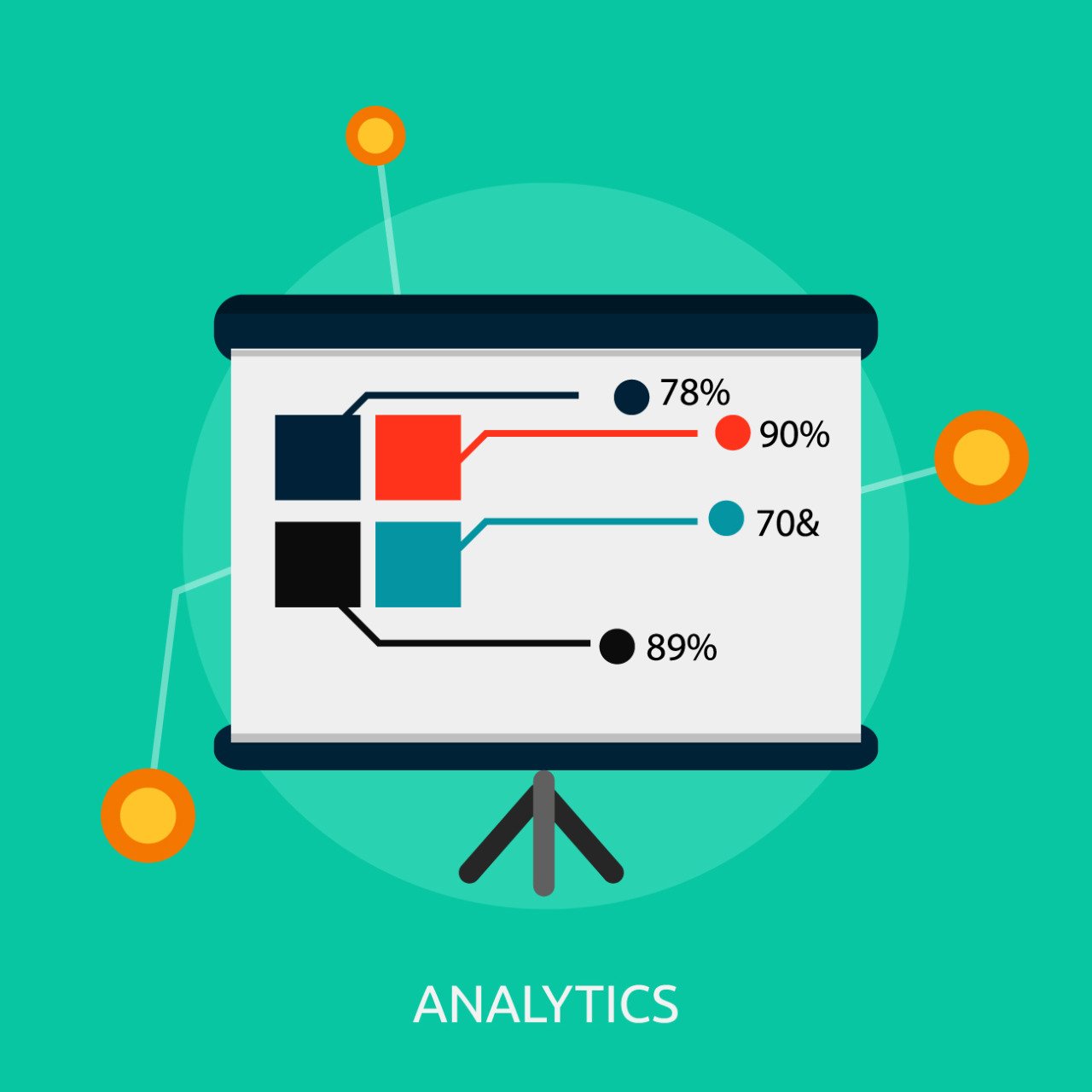You may wonder why Goals in Google Analytics is important.
That’s because when you invest your money in your website, you would want to get the most out of it.
Its importance lies in the fact it forces your business to set a target that will get the most out of its website.
Among goals, business goals matter a lot. They get your website to focus on generating leads, while other such like websites could be searching for traffic.
The main purpose of GOALS in Google Analytics is
- Generating qualified leads.
- Increasing brand awareness.
- Enhancing customer support.
- Informing users.
- Automating business processes.
Following determination of your GOALS, next you should initiate actionable steps to measure and fulfill the purpose of the GOALS.
Example of a GOAL – you would want to know how many people are completing the purchase process of your products, OR adding product items to their shopping cart, OR downloading eBooks from your site, OR signing-up for newsletter offered by your site.
WHAT IS REQUIRED?
When you create a GOAL in Google Analytics, you need to give Goal Name; Goal Type; and Goal Funnel Visualization.
- GOAL NAME: Give your GOAL in Google Analytics a suitable name. This will give it a unique identity.
- GOAL TYPE: Select the correct goal type from four options offered, that is, Destination, Duration, Events, and Pages/Screens Per View. If your option is Destination, then click the goal type as –‘DESTINATION’ and then click ‘CONTINUE’ button.
- GOAL FUNNEL VISUALIZATION: This is an advanced feature offered within GOALS functionality. It allows users to seamlessly and visually analyze users’ journey towards a predefined GOAL or Conversion.
NOTE:
- List of URLs in GOAL FUNNEL VISUALIZATION shown to the right of the funnel followed by the red signal indicates the number of users’ who have dropped off from the journey at the red signal stage and later exited the URLs.
- Arrows that points all the way to the end of the funnel means the number of users’ who have successfully moved on to the next stage of the funnel.
HOW TO SET-UP GOALS IN GOOGLE ANALYTICS?
To set-up GOALS in Google Analytics, just follow the following steps.
- Sign-In to your Google Analytics Account. Then click on the ‘ADMIN’ option.
- Click ‘GOALS’ option in the ‘ADMIN’ Section.
- Click on the desired view. Once done, the view column will display ‘GOALS’.
- Click ‘+ New Goal’, & ‘Import From Gallery’ option. This will allow you to create a new goal.
- Enter the description and details related to the new goal.
- Select ‘GOAL Type’ from the four options – Destination, Duration, Pages/Screens Per View, & Events. For example, click ‘DESTINATION’ option. Then click ‘CONTINUE’ button.
- Enter the page path of the final URL as the ‘DESTINATION’.
- Click ‘SAVE’ button.
Now your new GOAL is ready for use.
NOTE:
- A user can create a maximum of 20 goals. Hence, the “+ New GOAL” and “Import From Gallery” options are not available for users’ who have already created 20 goals for an existing view.
- Once a new goal has been created, next enter a description and details related to the goal.
- Users’ can select a ‘GOAL Slot ID’ to Group Goals in their reports.
AFTER SET-UP OF GOALS
Once the GOALS set-up is in place, you will be able to
- Continually monitor the results.
- Get insights that will allow you to make enhancements for further improvements.
In case, over the next few weeks or months, if you find out that the users’ are not converting as anticipated, then you will need to scrutinize your website and identify where the faults lies.
The faults could be
- Poor navigation; or
- Slow load time; or
- Information is not relevant OR appealing to audience’s tastes.
CONCLUSION
GOALS in Google Analytics enable you to measure your website’s performance. Then based on inputs gathered, you can initiate enhancement measures.
Bear in mind, GOALS can be tracked in countless ways. Then inputs gathered can be used to enhance the site. They can also be used by your business to make informed data-driven decisions.




